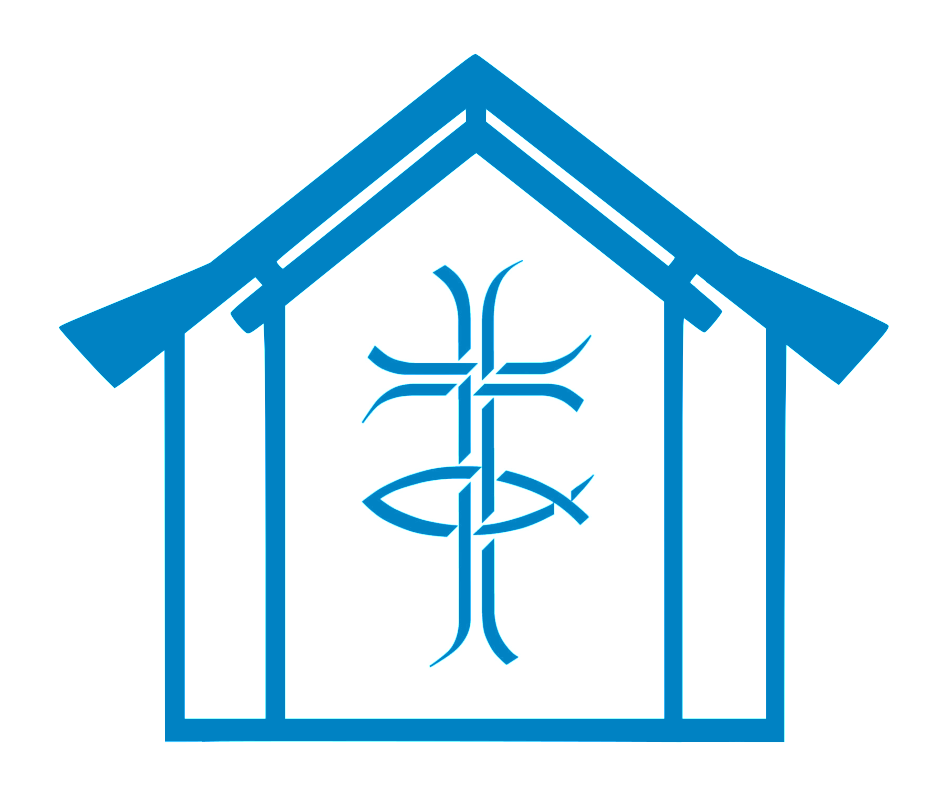Dear friends,
Over the past few weeks, from my desk I’ve watched the trees lose their leaves and turn themselves into barren silhouettes in the garden. The rich rainbow of colours that came in early autumn have been replaced by the bare branches and naked twigs of winter. Everything seems to have gone into shutdown for the winter.
When we look out at the dark days, the long nights, the empty trees and colourless gardens, we can find it hard to imagine any way that this can be transformed. It can be hard to remember how warm and light it was only a few months ago, and it can be hard to imagine the days getting longer and brighter. It can seem a bleak time. And yet, in only a few weeks we reach the shortest day and then we’ll be slowly returning to longer days. Before long there will be buds beginning to appear.
In the Church, the ‘New Year’ of the Church happens as we reach the beginning of Advent. We see a shift in the stories in the lectionary as we begin to think about how God became human, lived among us, and showed God’s way. In a barren stable, we remember where Jesus was laid in a manger, and where the hope of the world was first seen.
The story of Jesus’s coming at Christmas comes as a sign of hope in the barrenness of the season. The empty stable, like our wintry surroundings, seems to be completely the wrong place for a king to be born. And yet, like the bleakness of our world – the political and social difficulties that face our communities – the stable was the place in which Christ became present. In the darkest, gloomiest, coldest time in our year, then the brightest light of all appears to be our guide and our salvation.
This year we’re holding a ‘Longest Night’ service (further details available on page 11). This is an opportunity to mark the gloom, the sadness, and the loss that we can have at this time of year, and yet look towards the hope, joy and comfort that the Christmas story holds. It is a chance in the festive joy to remember that we often have sadness at this time of year, and to remember that, in the bare stable, Jesus, Son of God, was born. I encourage you to think about participating in this as we remember the pains and emptiness we can have at Christmas.
When I look out at the bare trees, I may see that there is no life at present. But I know that the potential to live, the hope of the spring, and the possibility of the coming year can each be brought to life by those barren branches. The hope of the spring comes from the emptiness of the winter.
So as we look towards that empty manger in Bethlehem, we look in hope for the love, joy, peace and light that God brings to us at Christmas. May that bare straw, like the naked branches on the trees outside, be transformed in our lives into a hopeful and radiant dawn.
Blessings,
Matthew

